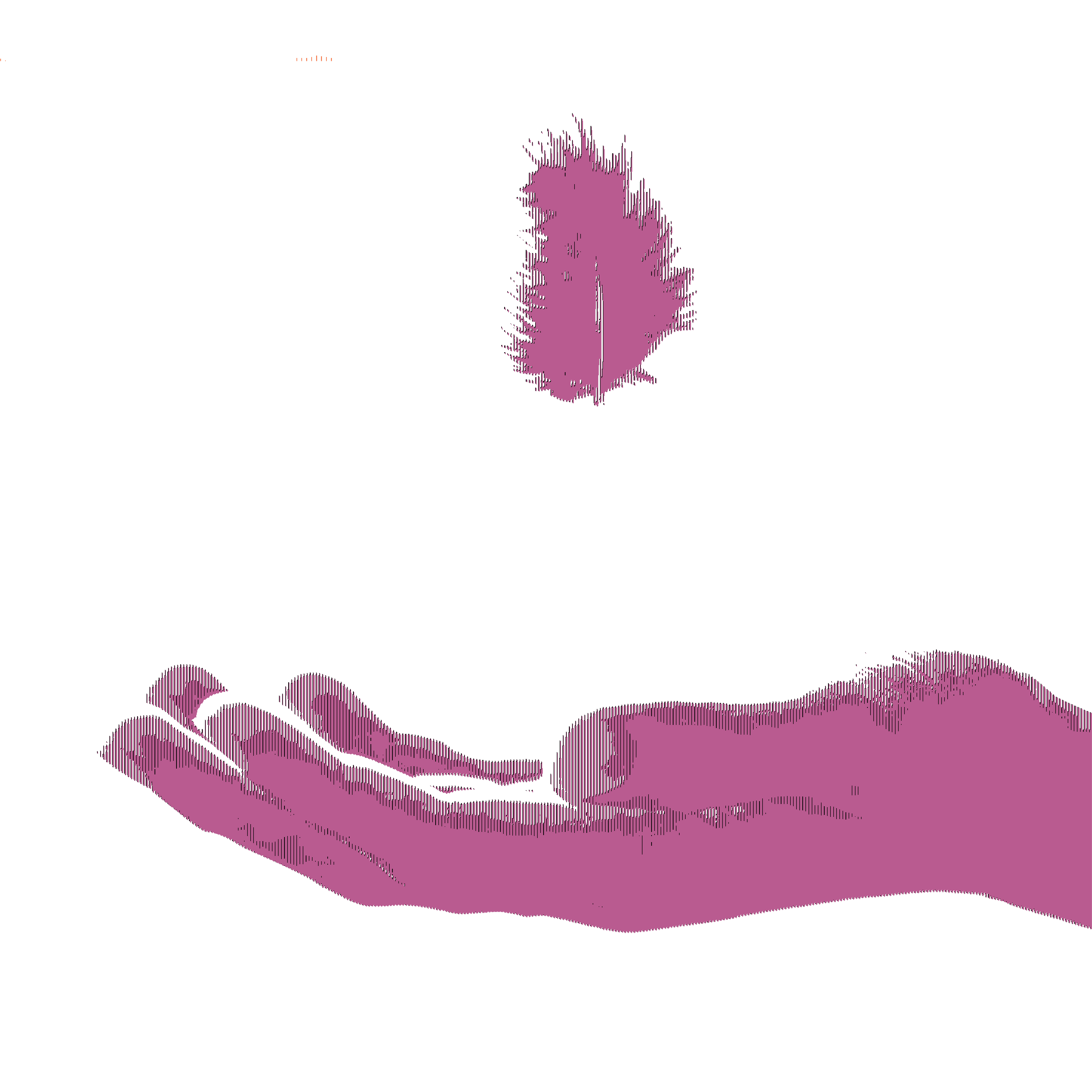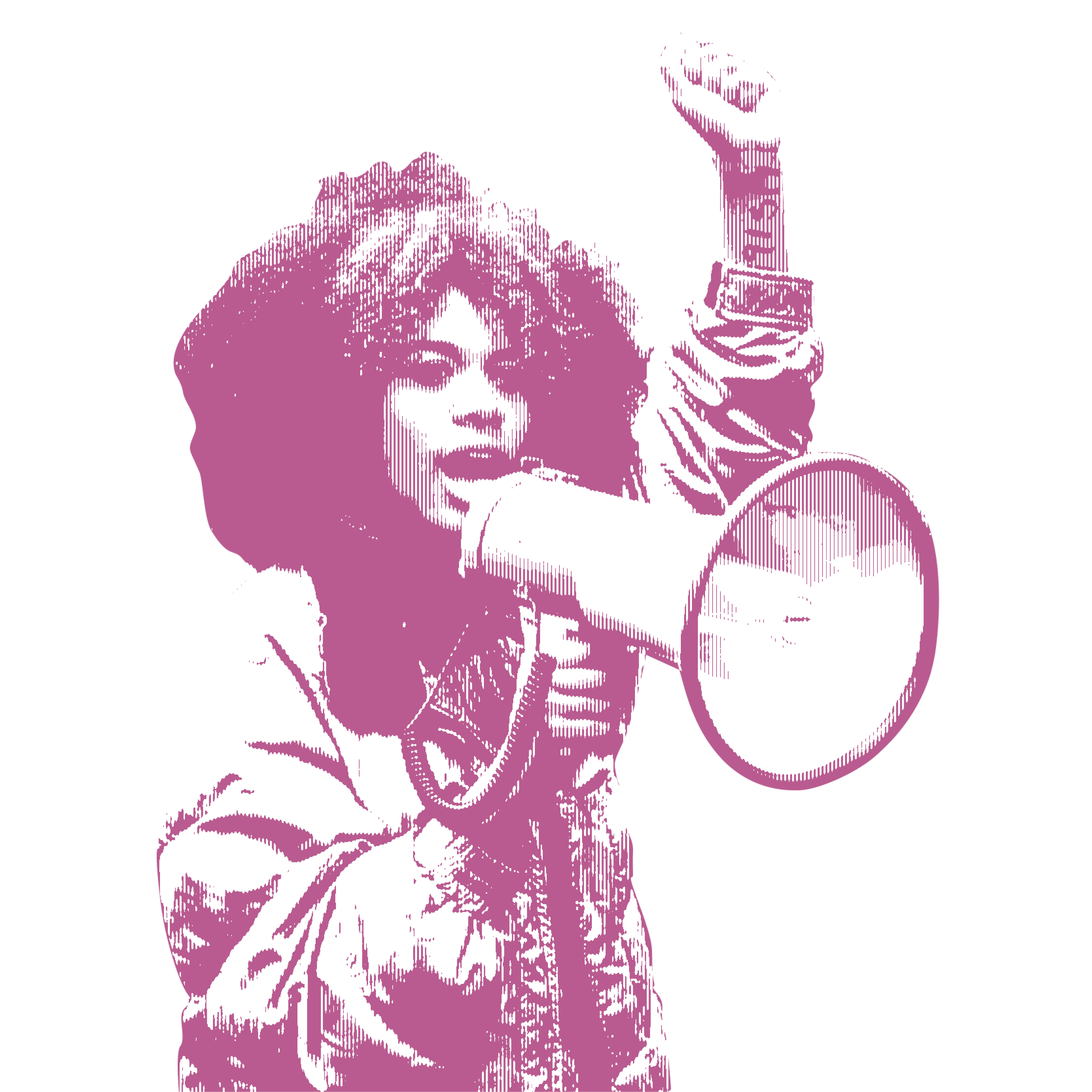(06-30) 04:00 PDT Chitwan, Nepal — Four years ago, a science student who goes by the nom de guerre Hardik dropped out of a Kathmandu university to join Maoist insurgents. Today, the 25-year-old rebel idles in a U.N.-monitored camp, studying English grammar or playing the flute between training drills. "There is no such thing as perpetual revolution," he said in the Chitwan district of Nepal's arid southern plains. "We have achieved our mission through the ballot and must start to rebuild our country."
"There is no such thing as perpetual revolution," he said in the Chitwan district of Nepal's arid southern plains. "We have achieved our mission through the ballot and must start to rebuild our country."
Landmark elections in early April handed the Maoists the largest bloc in the new parliament, tasked with writing a constitution that will transform the Himalayan nation from a monarchy to a republic. On June 11, King Gyanendra vacated the royal palace to make way for a national museum.
But one of the most critical tasks facing the new government is the integration of Hardik and 23,000 rebels of the Maoist People's Liberation Army, or PLA, into a unified national army. The political opposition and army high command fear a merger could create an army with suspect loyalties within the military.
Democratizing the military
Maoist Chairman Pushpa Kamal Dahal, known popularly as Prachanda, has said democratizing Nepal's military and making the PLA a professional army would be a top priority for the new government he is poised to lead.
Just this month, former Prime Minister Surya Bahadur Thapa said integration of the "politically motivated and unprofessional PLA" into the national army would be a "historical blunder." Earlier this year, Ramindra Chhetri, the head of army public relations, said Maoist fighters cannot be integrated until they are rehabilitated. He gave no details on what that would entail.
Such doubts have been fueled by the heavy-handed activities of the Maoists' feared youth wing, the Young Communist League, which beat and intimidated its political opposition in the run-up to the April elections.
Adding to the controversy is the recent slaying of Ram Hari Shrestha, a Kathmandu businessman who was beaten to death at a cease-fire camp, allegedly at the hands of former rebels who accused him of stealing money and a handgun. Prachanda blamed "selfish elements" for the killing and has pledged to pay restitution to Shrestha's family.
Indrajit Rai, a military specialist in Kathmandu, said that although Nepal's 240-year-old monarchy has been abolished, the military — long known as the Royal Nepal Army — has always been loyal to the king. A split remains within the military establishment between senior officers from traditional soldier castes who believe the king should retain a symbolic role, Rai said, and those who have worked their way up through the ranks and want the king removed forever from the political scene.
Agreement ended civil war
The integration of Maoist forces into the national army is part of the 2006 Comprehensive Peace Agreement, which ended the brutal decadelong civil war to transform Nepal from monarchy to republic. The conflict killed more than 13,000 people.
At the request of the Nepalese government and Maoist party, the U.N. mission in Nepal, known as UNMIN, was established to assist with elections and facilitate the peace process. The United Nations monitors the seven main Maoist camps where weapons are registered and locked away.
UNMIN has also been responsible for screening Maoist soldiers. To enter the national army, one must be at least 18 and a proven combatant. To date, about 19,600 of 31,000 candidates have passed the vetting process. The U.N. mission expires in late July.
According to some military observers, the integration of Maoist forces must also be tempered by the inflated size of the standing army, which swelled from about 50,000 troops when fighting broke out in 1996, to its current level of 93,000.
A large force is no longer required given the end of the civil war and military superiority of Nepal's neighbors China and India, said retired Lt. Gen. C.B. Gurung. He believes Maoist soldiers should be given education and vocational training, or allowed to enter the police force.
A Maoist commander known as Pratiskha, who heads the 4th division of the People's Liberation Army, said he has no doubt the gridlock over merging the two forces will be resolved.
"In the end we are all Nepalese," he said. "During wartime there is ego and anger. During peacetime there is a spirit of cooperation."
Gurung agrees.
"People say the future of the Nepal army will be a problem," he said. "I think it will be part of the solution. ... Democracy is the name of the game, and there's no way out."
Nepal's path from monarchy to republic
1996: Maoist rebels begin a "People's War" aimed at overthrowing the monarchy. They quickly gain control over large swaths of poor, rural areas.
2001: Gyanendra is crowned king after his brother, King Birendra, is killed by his son, Crown Prince Dipendra.
2005: King Gyanendra dismisses the government after an upsurge in Maoist rebel violence and seizes dictatorial powers.
2006: Agreement to set up a coalition government.
2007: Mainstream political parties and Maoists agree to hold elections by mid-April 2008. Government agrees in principle to abolish monarchy after former rebels agree to rejoin administration.
April 2008: Nepal votes in elections for a constituent assembly to rewrite the country's constitution. The Maoists win 220 of 601 seats in the assembly elections, making them the largest party.
May 27: The new assembly is sworn in.
May 29: Assembly votes overwhelmingly to transform Nepal into a secular, democratic republic, and orders Gyanendra to vacate the royal palace within 15 days so it can be turned into a museum.
June 11: Gyanendra departs the palace in Kathmandu, ending a 240-year-old monarchy.




